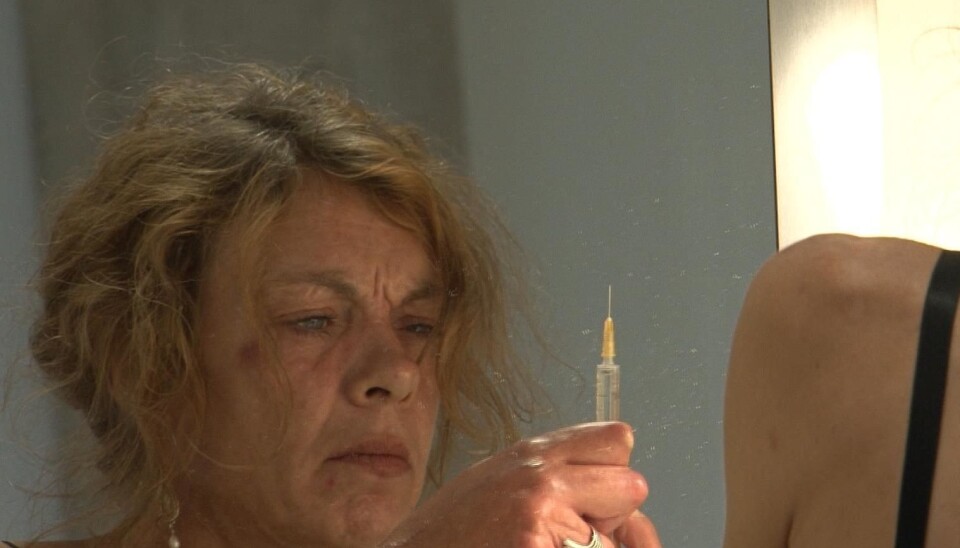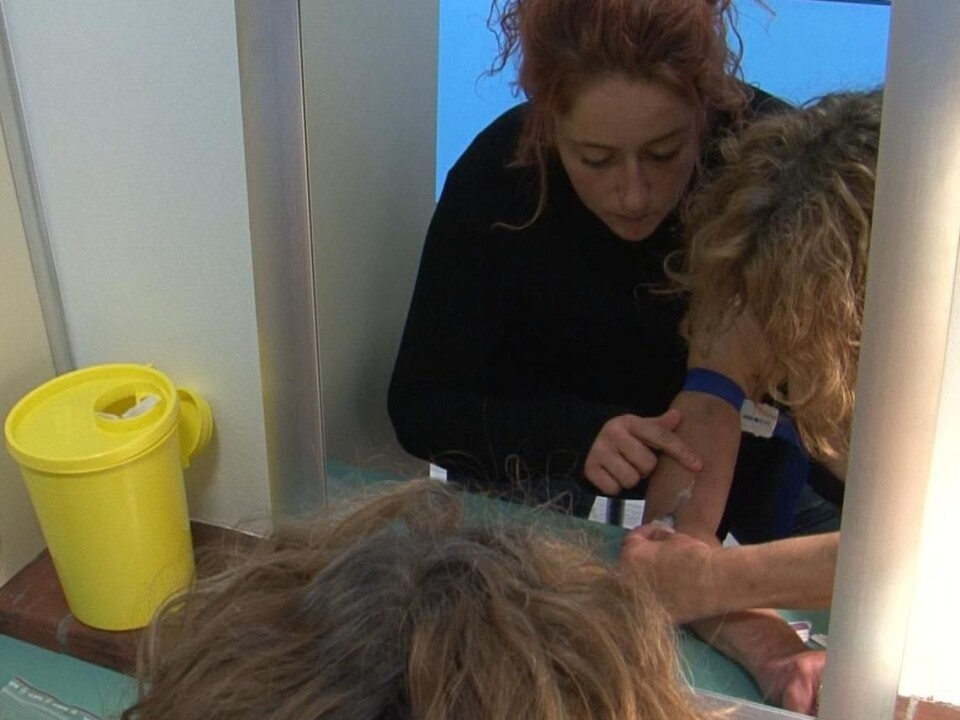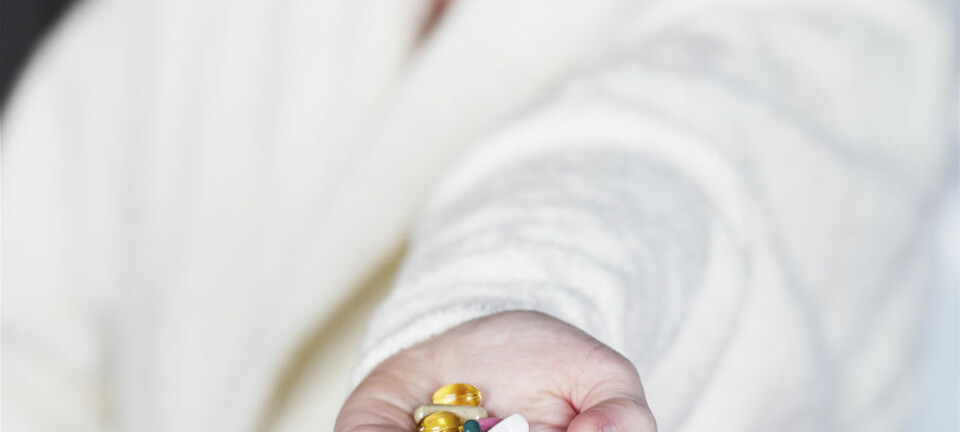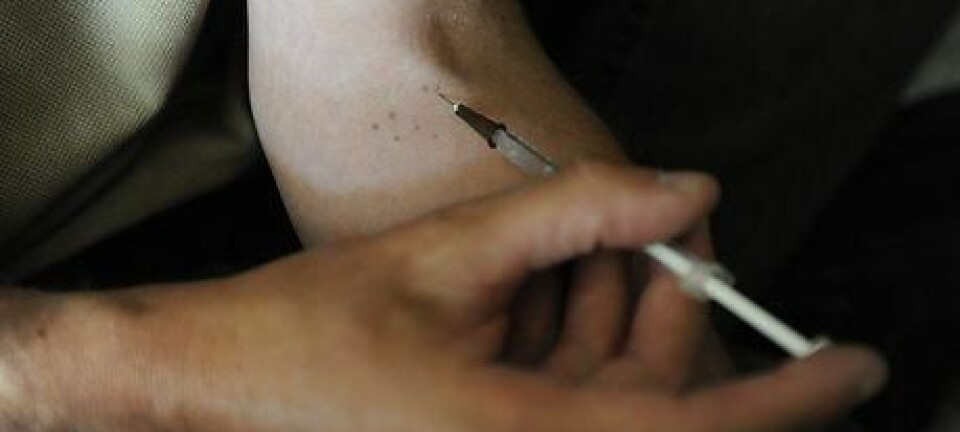
Heroin clinics improve addicts' lives
State-funded heroin clinics have been set up in several European countries in recent years. They have all showed signs of success, but there hasn’t been any research into why – until now.
Danish heroin addicts experience significant improvements in their lives. They no longer need to stress over finding the next fix and they commit fewer crimes.
And it’s all thanks to the state-funded heroin clinics, according to a comprehensive new anthropological study.
“Some of the users have better contact with their families. Some have started to do sports as part of the treatment offer, and others have found the energy to take care of their own physical illnesses,” says Katrine Schepelern Johansen, a post-doc in anthropology at the University of Copenhagen.
She has interviewed 50 of the 160 users in Denmark’s five state-funded heroin clinics.
Positive effects

Heroin clinics are generally regarded as a success because dropout rates are lower than in, for instance, methodone treatment, and because the clinics keep more people from committing drug-related crime.
Out of the 26 people who have dropped out of the treatment at the clinics, a majority dropped out because the wanted to move over to treatment without heroin.
The Danish National Board of Health's only report so far on the beneficial effects of heroin treatment states that the treatment has:
- Reduced the number of days spent on crimes to a third
- Increased the number of addicts who find permanent housing by 30 percent
- Reduced side abuse so that addicts drink 50 percent less alcohol, and the abuse of benzodiazepines such as Valium has been reduced to a third.
A few of the clinic addicts are in some form of employment and have for instance taken IT courses.
Heroin clinics function well abroad – but why?
A Dutch study from 2005 estimated that providing addicts with prescription heroin could save the state around €13,000 per person per year as a result of reduced costs for crime control, compensations and the like.
A Swiss study showed that heroin clinics remove four percent of the most problematic drug addicts from the street annually.
Johansen’s study aims to shed light on what the clients and the staff at the clinics think about the treatment – and thus find out why the treatment is effective.
Although many other countries have reported positive results from their heroin clinics, Johansen’s study is the first one of its kind. Elsewhere, she says, most studies have assumed that the effectiveness of the clinics is mainly due to the pharmacological effects of heroin.
The state is the dealer
Heroin treatment isn’t only a success story, however.
”The users are frustrated about having to show up at the clinic twice a day every day of the week, and that they’re being monitored before, during and after treatment,” says Johansen.
Another common source of frustration for the users is that they have to inject the heroin themselves, although the clinic staff is trained to give injections and are allowed to help the users find suitable veins.
Similarly, it’s also frustrating for the staff that they are not allowed to help with the injection when the addicts are struggling to find a suitable vein.
Providing the addicts with heroin also presents staff members with a dilemma, since they’re used to giving injections with the intent of healing.
In general, however, the staff and the addicts agree that the benefits of heroin treatment outweigh the drawbacks, says the researcher.
Treatment requires individual goals
The researcher divides the clients at heroin clinics into three groups:
- A (small) group that wants to cut down on their heroin use with a view to quitting the habit completely and create a new life for themselves
- A group that wants to replace their previous illegal heroin abuse with a legal one without crime, but who have no plans to fight their heroin addiction
- Addicts who visit the clinics to satisfy their heroin addiction. In addition to the their heroin addiction, they are also addicted to other drugs, such as cocaine and cannabis
Since the clients vary greatly, successful treatment requires individual goals, says the researcher, arguing that there’s not much point in making it a goal to get the users off drugs if it’s an unattainable task from the start.
Johansen has seen with her own eyes what positive side effects can be gained from this kind of treatment:
”Through my interviews I have seen that those who are in treatment have improved their lives. Less stress has made it easier for them to get through the day,” she says.
Later this year, Johansen will publish a report about her study.
--------------------------------
Read this article in Danish at videnskab.dk
Translated by: Dann Vinther











